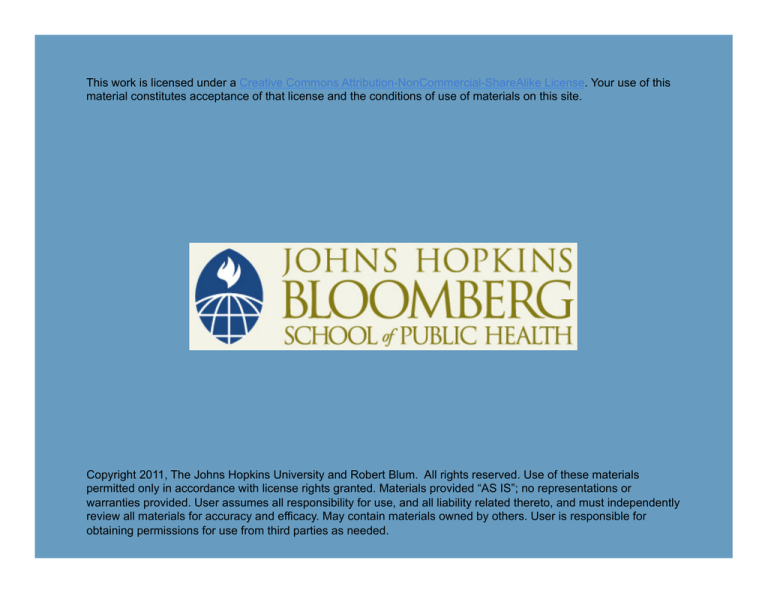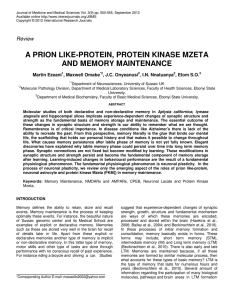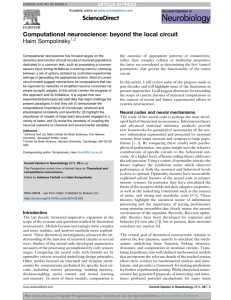
This work is licensed under a Creative Commons Attribution-NonCommercial-ShareAlike License. Your use of this
material constitutes acceptance of that license and the conditions of use of materials on this site.
Copyright 2011, The Johns Hopkins University and Robert Blum. All rights reserved. Use of these materials
permitted only in accordance with license rights granted. Materials provided “AS IS”; no representations or
warranties provided. User assumes all responsibility for use, and all liability related thereto, and must independently
review all materials for accuracy and efficacy. May contain materials owned by others. User is responsible for
obtaining permissions for use from third parties as needed.
Section B
Neurodevelopment
Timeline of Brain Development
Adapted from: Andersen. (2003). Neuroscience and Biobehavioral Reviews, 27,3–18.
3
How Does the Infant Brain Become the Adult Brain?
Overproduction
Selective elimination
4
Neuronal Branching
Adapted by CTLT from (1998). Diamond, Hopson, Scheibel. Magic Trees of the Mind.
5
Neuronal Branching as We Age
6
Synaptic Density and Age
7
Henry Kissinger
http://www.flickr.com/photos/darthdowney/2680488605/. Creative Commons BY-NC.
8
Synaptic Density and Age
9
Brain Maturation
Improved brain function
- Increased
efficiency of local
computations
- Increased speed of
neuronal
transmission
10
Frontal Lobe
Executive function
Planning
Reasoning
Impulse control
http://en.wikibooks.org/wiki/User:Jherding. Creative Commons BY-SA.
11
Dorsolateral and Ventromedial
Thinking ahead and inhibition
of impulsive responses
Regulation of emotions;
weighing risks and rewards;
learning from experience
12
Brain Maturation and Behavioral Development
Implications of brain maturation for behavioral development
- Changes in pre-frontal cortex (PFC) should be reflected in
improvements in executive functions
Future orientation (e.g., thinking ahead, consequences)
Response inhibition
Planning
Managing risk and reward
13
Brain Development and Environment
Brain development occurs within the context of the environment
Toxic environments impede normal brain development
14
The Process of Toxic Stress
15
Persistently Elevated Cortisol in Childhood
Decreased synaptic and dendritic density early in life
Decrease in pubertal hormones
Diversion of brain resources away from learning to survival (e.g.,
fight or flight)
Interruption of normal neurotransmitters (e.g., serotonin)
16
The Neurodevelopmental Impact of Chronic Abuse
Diminished hippocampal volume
Impaired development of frontal lobe (executive functioning)
Diminished emotional control
Problems with social relations and academic performance
17








